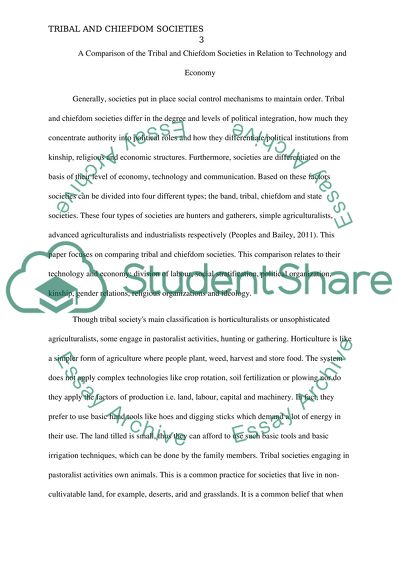Cite this document
(“A Comparison of the Tribal and Chifdom Societies in Relation to Essay”, n.d.)
A Comparison of the Tribal and Chifdom Societies in Relation to Essay. Retrieved from https://studentshare.org/sociology/1444433-societal-types
A Comparison of the Tribal and Chifdom Societies in Relation to Essay. Retrieved from https://studentshare.org/sociology/1444433-societal-types
(A Comparison of the Tribal and Chifdom Societies in Relation to Essay)
A Comparison of the Tribal and Chifdom Societies in Relation to Essay. https://studentshare.org/sociology/1444433-societal-types.
A Comparison of the Tribal and Chifdom Societies in Relation to Essay. https://studentshare.org/sociology/1444433-societal-types.
“A Comparison of the Tribal and Chifdom Societies in Relation to Essay”, n.d. https://studentshare.org/sociology/1444433-societal-types.


